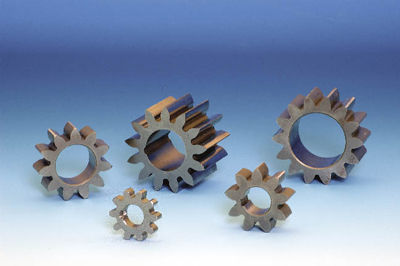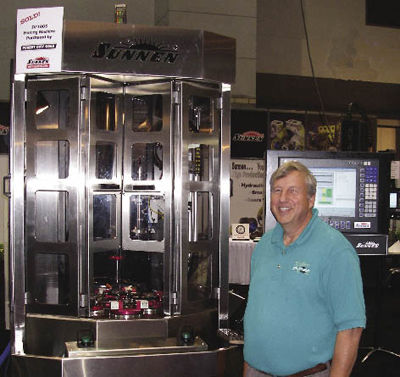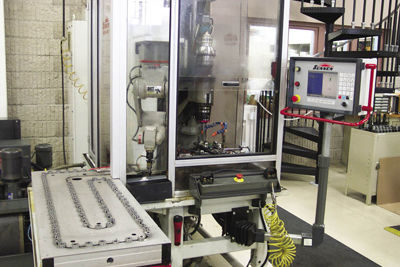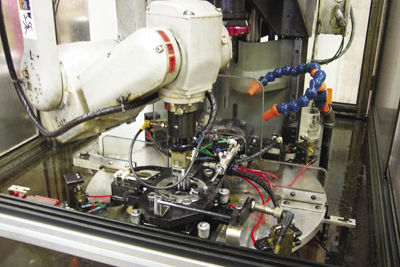Forest City Puts Teeth in Competitive Strategy with Sunnen's Bore Honing Machine
Forest City Gear president Fred Young has a straightforward strategy for acquiring and retaining business—always give the customer a higher level of quality and performance than specified, but do it without adding much cost or time to the job.

“On bore-type gears,” he says, “we have found that honing the bore is a good way to improve quality in the areas of size, roundness, straightness and finish, without adding a lot of extra cost. The customer notices the difference in a smoother, quieter, more efficient drive.”
Depending on the production needs for a specific gear, Forest City Gear hones at various points in the manufacturing process using three different systems. One of those systems—a fully automated vertical machine—uses Sunnen’s patented Krossgrinding® tools, which the manufacturer says are capable of controlling bore size down to 0.00005" and finish to 16 µin or better.

Forest City produces fine- and medium-pitch custom gears, such as internal, helical and spur as well as worms, splines and sprockets at quality levels as high as AGMA 15 (DIN 2–3). Maximum O.D. on most parts is 20", except for worms (5") and worm wheels (16"). Forest City’s gears are used in planes made by Boeing, Airbus, Cessna and Beechcraft, as well as for the space shuttle, the space station, Mars rover vehicles and the Abrams tank. Many motorcycles and race cars use Forest City gears, as does one of the few bait-casting reels made in the United States. About 30% of the company’s work is aerospace-related, 5–10% medical, 5% military, and the remainder is industrial or instrument work. Part runs range from one to several hundred thousand. Typical materials include 12L14, 1215, 8620, 9310 and various stainless grades, as well as aluminum, bronze, brass, Inconel, Hastelloy, titanium, plastics, wood fiber and powdered metal.








